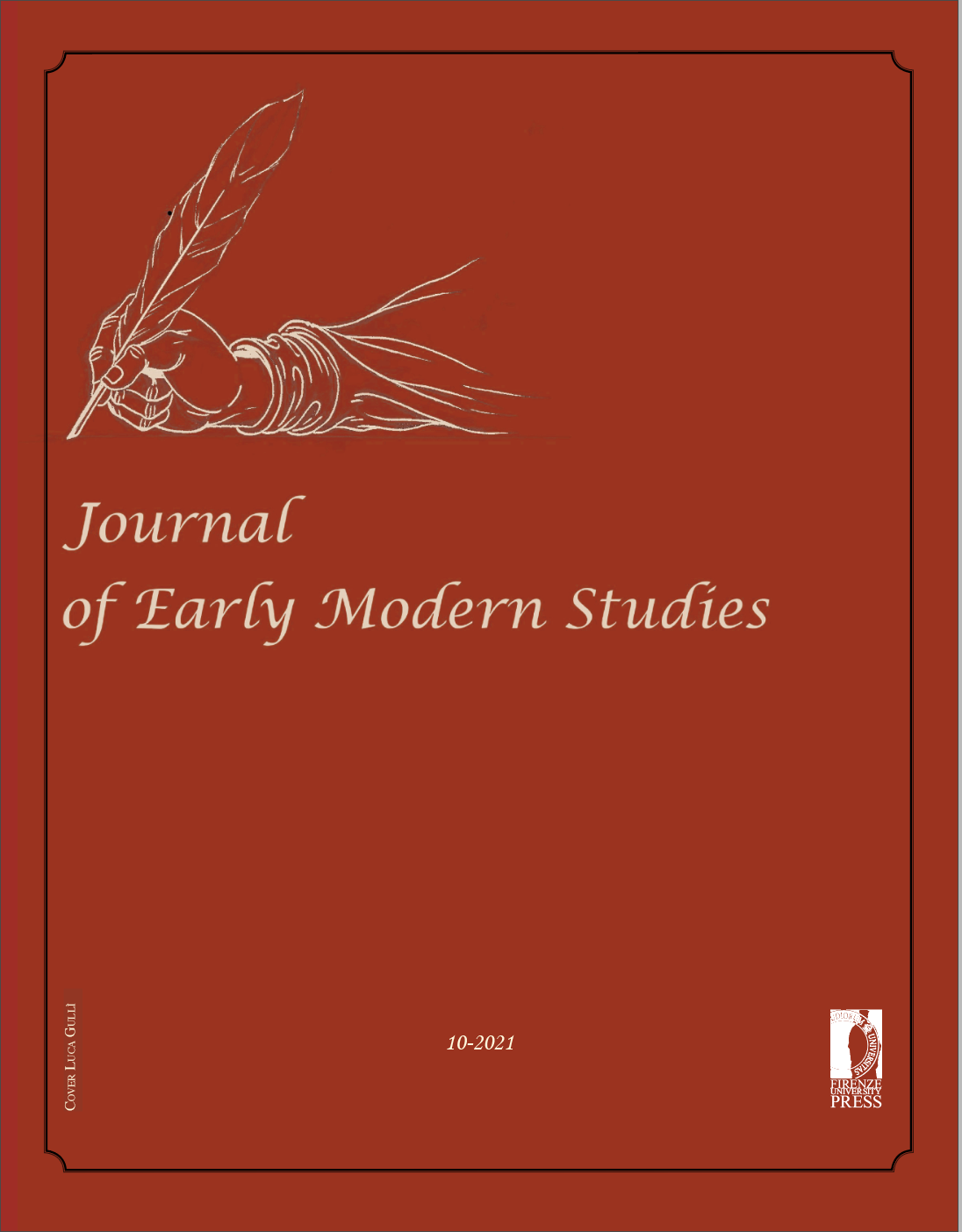Published 2021-03-15
Keywords
- Early Crime Novels,
- King and Subject Narratives,
- Peasant Resistance,
- Popular Ballads,
- Robin Hood
- Scottish Border Conflict ...More
How to Cite
Abstract
Early crime fiction is usually linked to the true crime stories that developed into The Newgate Calendar by the mid-eighteenth century, but there were late medieval and early modern narratives in popular poetry that described and even celebrated actions by free peasants against the authorities of the church and the then somewhat fragmentary state. Four domains of such narratives – seen here as the ancestors of the crime novel – are described and explored. They are: Robin Hood ballads, focusing on the early major texts, `Robin Hood and the Monk’, `Robin Hood and the Potter’, `Robin Hood and Guy of Gisborne’ and The Gest of Robin Hood. Popular ballads recording family crimes, `The Twa Sisters’, `The Cruel Brother’, `Edward’, or ‘Lord Randal’ or presenting conflicts with the supernatural: `Lady Isabel and the Elf-Knight’ and `Gil Brenton’. Anglo-Scottish border ballads of politico-military conflict, `Johnie Armstrong’ and `Tam Lin’. Early modern verse narratives usually called `King and Subject Narratives’, where a free peasant directly challenges the anonymous monarch and finally meets him, awkwardly, at court: `King Edward IV and the Tanner’, `John the Reeve’ and `King Edward and the Shepherd’, with its intriguingly open ending. Across these little known rich popular narratives are transcribed the patterns of early and politically-resistant crime fiction.


